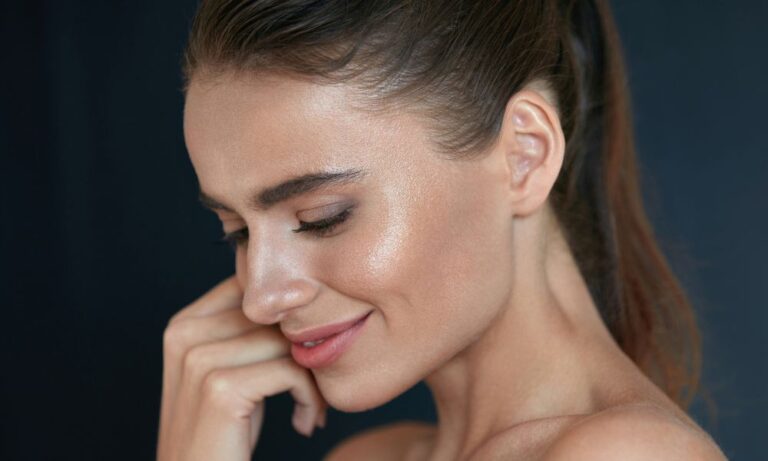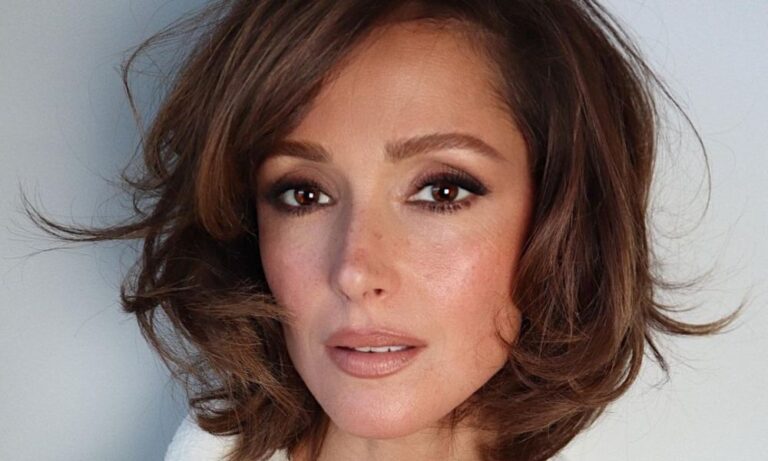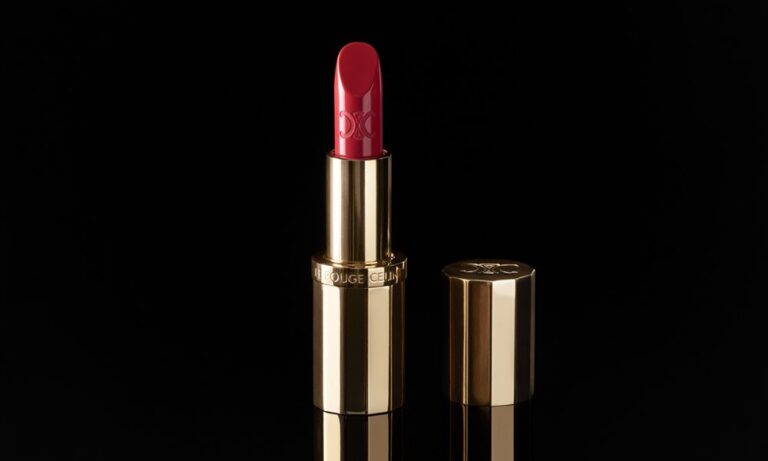What inspired you to create a “motion” mascara?
George: I am always looking to other industries for inspiration and ideas. Today, the world of microelectronics is exploding and energy is an important component. We are finding ways to enhance products through the use of energy to deliver additional benefits and enhance appearance.
For instance, there have been a number of innovations in the skincare area with vibration and how vibration activates the skin to respond to a particular treatment. One afternoon, I was painting my daughter’s bedroom and my wife came in and asked me if I could go to the store to pick up a few things. On my way into the store, I saw a display for a new vibrating razor and something clicked in my head. I started to think about how it might be interesting to apply this concept of electronic vibration to mascara.
Paul: At the same time, I was working on a cross-functional team in another part of the company focused on developing mascaras. I was intrigued with the concept of a static machine – how the machine causes your hair stand up on end as you place your hand on it – and I was trying to figure out a way to apply that concept to a mascara to make lashes pop.
When I heard about George and his efforts to create prototypes for a vibrating mascara, we joined together and it was a marriage made in heaven. I began focusing on building a mascara formula that would work in sync with the technology George was developing.
How long did it take to develop TurboLash?
Paul: It took four years. Or, as I like to say, two children – which is what my wife and I had during the time it took to create TurboLash.
What was the process you used to create the mascara? Did it involve a number of iterations?
George: It began immediately with me purchasing four to five vibrating products and starting to investigate ways to apply the technology to mascara by making several prototypes with Estée Lauder packaging and parts that I had at home. As support built for the initiative within the company, I created various prototypes and when Paul eventually came on board, he took the design, which was very crude at the time, and began experimenting in the lab with different formulas and brush designs.
Paul: We knew that the device did a great job separating and creating a truly clump-free lash line, but then we needed to find a way to deliver the volume that customers crave. Finding the right formula and brush design took time and numerous iterations. At the same time, we needed to focus on user attributes, such as the amplitude versus frequency of the brush movement and finding the right motor and battery so that it was possible to isolate and dampen the vibration effect on the consumer’s hand.
There was an intuitive aspect to our work – the mascara couldn’t be difficult to use and we were constantly attempting to strike a balance between the aesthetics – is the product visually appealing and comfortable to use, and the performance – does it work great.
George: It was a long process from the early prototypes, which were quite crude – bubble gum and bailing wire –so to speak. In the end, it took a group of 45 physical scientists, researchers and developers, as well as nearly 100 product development, engineering and manufacturing experts to create TurboLash mascara.
What makes this mascara different from conventional mascaras?
George: The fact that the mascara uses energy to enhance the product benefits obviously makes it different, but the real difference for consumers is that the energy works in conjunction with the formula to deliver the benefits of a conventional mascara and more without a second step.
Paul: It is like the holy grail of mascaras – thanks to the subtle motion of the brush TurboLash mascara delivers volume, length, separate, definition and curl, all in one easy application. The brush design also makes touch ups possible because the continued separating action of the pulsing wand allows the consumer to easily add multiple coats of the mascara formula.
How does it work?
George: The mascara is powered by a button cell battery and is turned on as the consumer twists the cap to unscrew the brush wand. The micropulses of TurboLash’s LashSonic Brush™ oscillate at 125-cycles per second, enabling the brush to move rapidly through the lashes and powering away clumps and buildup while delivering expert separation.
At the same time, the micropulsing effect combined with the unique brush design helps to delivers a clean, rapid and precise formula application by finding even the smallest of lashes and evenly saturating them with color from lash base to tip. To turn off the brush, the consumer simply replaces the brush wand in the tube and twists the cap until it is closed.
Is there anything unique about the formula?
Paul: TurboLash’s unique rapid-release gel formula was designed to work in-sync with the micropulses of the brush. The combination of jellified water, olive oil and paraffin waxes deliver an effortless and buildable application, while Micas and Microspheres were used to help the micropulses give smooth and easy volume to lashes.
Holding all the ingredients together in a lightweight system is a combination of suspending agents, comprised of Kaolin Clays and Cellulose Gums. The result is a formula that when combined with the brush’s micropulsing effect delivers all effects – extreme volume, length, separation, curling and definition.
What were your biggest challenges in creating this product?
George: The separation and definition benefits were immediate, but one challenge we faced was in identifying a formula that would work with the micropulsing effect of the brush and not thin out from the vibration of the brush in the tube. New materials, such as the jellified water, enabled us to keep the product intact and create major volume without the clumps.
Paul: Another major challenge we faced was identifying the right brush design. When the lash line is separated the perception of volume decreases, so in order to get the volume we wanted to achieve on the lash, we needed a brush that could hold more formula and deliver an even and smooth application from lash root to tip. Ultimately, we developed and tested nearly 200 different brush designs to get the right one.






